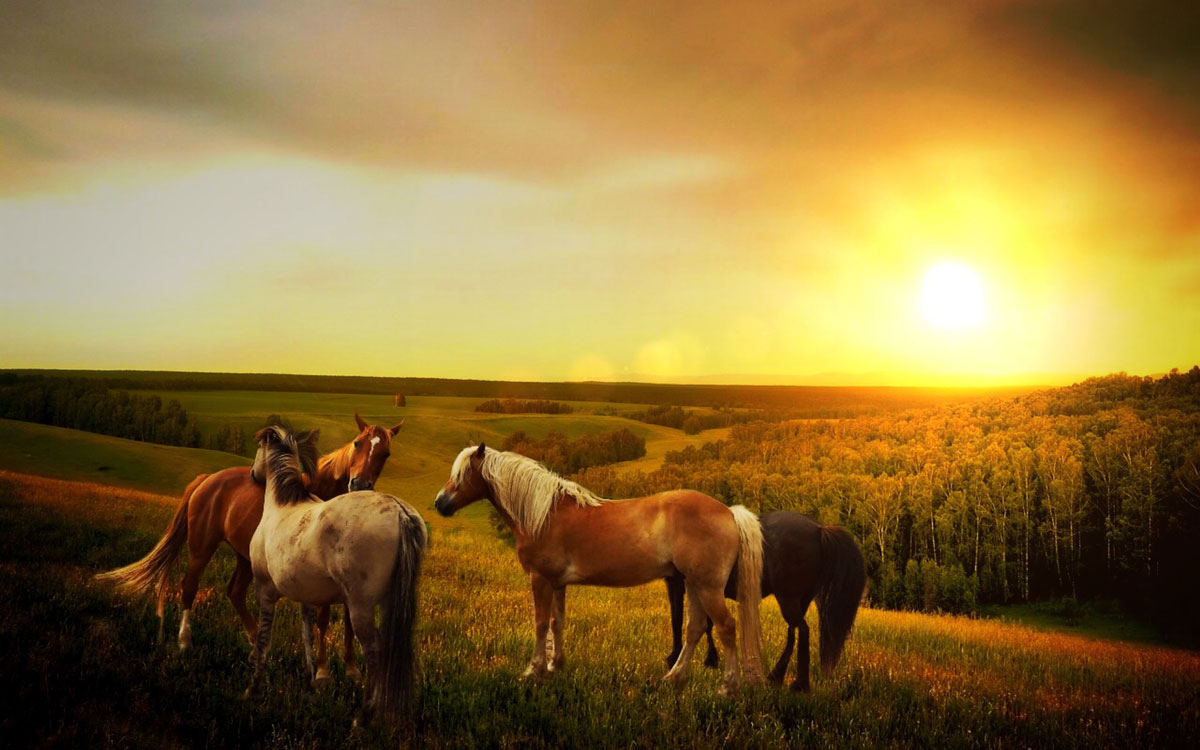The Control of Horses Act 2015 (CHA 2015) received Royal Assent on 26 March 2015. It amends the Animals Act 1971 (AA 1971) to give local authorities, freeholders and occupiers of land in England the power to deal more efficiently with fly-grazing horses. The amendments came into force on 26 May 2015. The definition of Horses includes an ass, mule or hinny.
The CHA 2015;
- Gives local authorities in England a power to detain horses which are in any public place, including common land, town or village greens as well as highway verges.
- In addition it gives freeholders and occupiers of land in England a power to detain horses which are on their land without lawful authority .
- The Act also introduces a new procedure for the detention or disposal of detained horses which can be disposed of by way of sale, humane destruction or disposal 96 hours after detention.
Question and answer on UK equine queries
What if somebody wishes to buy a plot of land from a local farmer to keep horses on. The field is currently used by the farmer to graze sheep. The buyer intends to use the field to house, graze and exercise horses. Will planning permission be required?Answer
Planning permission will be required if the local planning authority consider there is a material change in use of the land from agriculture to the keeping of horses for recreational purposes.Material change of use
Under the Town and Country planning Act (TCPA 1990), planning permission is required for the carrying out on land of any development Development is defined as the "carrying out of building, engineering, mining or other operations in, on, over or under the land or the making of any material change in the use of any buildings or other land" As such, there is a basic requirement for planning permission to be obtained if there is a material change of use of any buildings or land. The TCPA 1990 does not define "material change of use". However, the use of land for the purposes of agriculture or forestry does not constitute development and therefore does not require planning permission. Agriculture includes the:- Breeding and keeping of livestock (including where kept for the production of food or using in the farming of land).
- Use of land as grazing land.
"If horses are simply turned out onto the land with a view to feeding them from the land, clearly the land is being used for grazing. If, however, horses are being kept on the land and are being fed wholly or primarily by some other means so that such grazing as they do is completely incidental and perhaps achieved merely because there are no convenient ways of stopping them doing it, then plainly the land is not being used for grazing but merely being used for keeping the animals." In determining the use of the field the local planning authority will look at factors such as:In Sykes v Secretary of State for the Environment (1981) 2 All ER 954 Donaldson LJ said that the question to ask is "what use is being made of the land?"
- Whether the land will be used permanently for horses.
- Whether there will be any related structures in the land such as field shelters and jumps.
- Whether the horses will be fed primarily from grazing or from imported food.
- Whether the land will be used as a recreational or exercise area.
Horse related structures
Structures connected with the keeping of recreational horses do not enjoy permitted development rights associated with agricultural holdings under the Regulations. Moveable structures such as field shelters may be chattels and therefore are not development requiring planning permission. However, this depends on their size, intended degree of permanence and physical attachment to the land (Cardiff Rating Authority v Guest Keen Baldwin's Iron and Steel Co Ltd [1949] 1 Q.B. 385 and Skerritts of Nottingham Ltd v SSETR (No. 2) [2000] 2 PLR 102). A horse shelter is likely to require planning permission if:- It requires dismantling or special lifting equipment to move it as one unit.
- It is "essential" to the welfare of the horses (as this indicates permanence).
- Although not fixed to the ground by any mechanical means, its weight provides sufficient affixation.

